Home>Storage & Organization>Closet & Wardrobe Organization>How To Organize A Small Closet
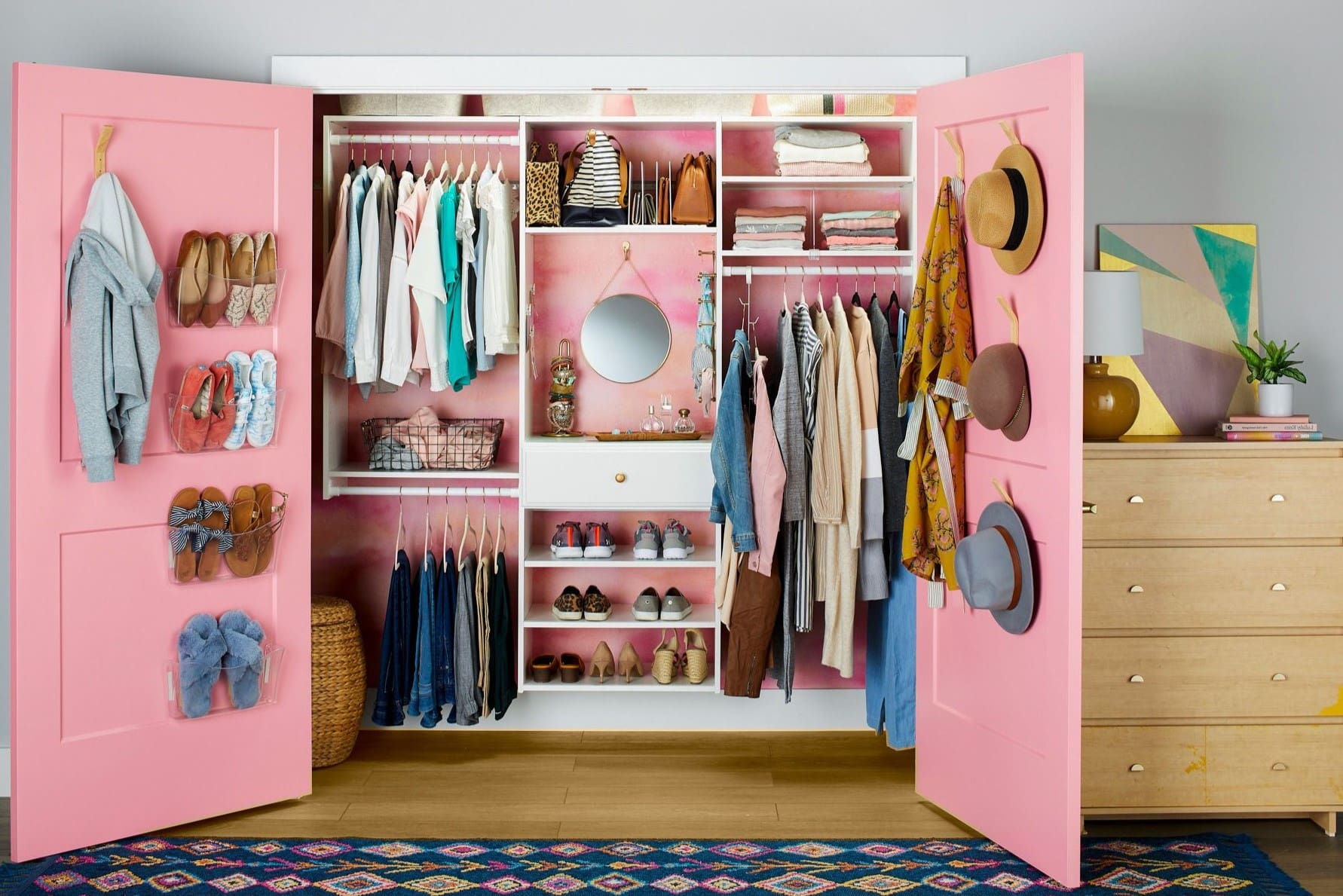

Closet & Wardrobe Organization
How To Organize A Small Closet
Published: March 2, 2024
Learn how to maximize space and declutter your small closet with our expert tips for effective closet and wardrobe organization. Say goodbye to clutter and hello to a well-organized, functional closet!
(Many of the links in this article redirect to a specific reviewed product. Your purchase of these products through affiliate links helps to generate commission for Storables.com, at no extra cost. Learn more)
Assessing Your Closet Space
Before diving into organizing your small closet, it's essential to assess the space you have. Take a good look at the size and layout of your closet. Measure the dimensions to get a clear understanding of the available space. This will help you determine the best ways to maximize the area and make the most of every inch. Additionally, consider the existing shelving, rods, and any other built-in features. Understanding the layout and dimensions of your closet will guide you in making informed decisions when it comes to decluttering and organizing.
Key Takeaways:
- Make the most of your small closet by decluttering and sorting items into keep, donate, and discard categories. Group similar items together and utilize vertical space with second rods and shelves for efficient organization.
- Keep your small closet organized by categorizing items, utilizing storage solutions like stackable bins and hanging organizers, and maintaining regular decluttering habits. Maximize space and accessibility for a functional closet.
Decluttering and Sorting Your Items
Decluttering and sorting through your items is the crucial first step in organizing a small closet. Start by taking everything out of the closet. Yes, everything! This will give you a clear view of what you have and allow you to assess each item. As you go through your belongings, ask yourself when was the last time you used each item. If it's been more than a year, it might be time to consider letting it go. Sort your items into three categories: keep, donate, and discard. Be ruthless in your decision-making process. Remember, the goal is to create a well-organized and functional space, so only keep what you truly need and love.
Once you've decluttered, it's time to sort the items you've decided to keep. Group similar items together, such as tops, bottoms, dresses, and outerwear. This will make it easier to see what you have and will help when it comes to organizing them back into the closet. Sorting your items will also give you a better idea of the quantity of each category, allowing you to plan the closet layout more effectively.
Maximizing Vertical Space
When dealing with a small closet, utilizing vertical space is key to making the most of the available area. One effective way to maximize vertical space is by installing a second rod for hanging clothes. This doubles the hanging capacity of your closet, allowing you to store more clothing items without taking up additional floor space. Additionally, consider using cascading hangers to make the most of the vertical hanging space. These hangers allow you to hang multiple items vertically, further optimizing the use of the closet's height.
Another great way to maximize vertical space is by installing shelves or cubbies above the existing rod. This provides valuable storage for items such as folded clothes, hats, handbags, or shoes. Utilizing stackable storage bins or baskets on these shelves can help keep smaller items organized and easily accessible. Additionally, consider adding hooks or pegs to the inside of the closet doors or walls to hang accessories like scarves, belts, or jewelry, further maximizing the vertical space and keeping these items within reach.
By thinking vertically and making use of the often-underutilized upper areas of the closet, you can significantly increase the storage capacity of your small closet while keeping the space well-organized and functional.
Use slim hangers to maximize space, and consider adding shelves or hanging organizers to create more storage options. Keep only what you need and donate or sell items you no longer use.
Utilizing Storage Solutions
When it comes to organizing a small closet, utilizing the right storage solutions can make a world of difference. One effective storage solution is the use of stackable storage bins or baskets. These bins are perfect for storing items such as accessories, folded clothes, or shoes. By stacking them, you can maximize the use of vertical space while keeping your belongings neatly organized.
Another valuable storage solution is hanging organizers. These can be in the form of fabric shelves or pockets that hang from the closet rod. Hanging organizers are ideal for storing items like sweaters, jeans, or handbags. They not only save space but also make it easy to see and access your belongings.
Drawer dividers are essential for keeping small items like socks, underwear, or jewelry in order. By using dividers, you can maximize the use of drawer space and prevent items from getting mixed up and tangled. This makes it easier to find what you need without creating a mess.
For shoes, consider using shoe racks or over-the-door shoe organizers. These solutions help keep your footwear neatly arranged and off the closet floor, saving valuable space. Over-the-door organizers are particularly useful in small closets as they make use of the often-underutilized space behind the closet door.
Vacuum-sealed storage bags are a game-changer for storing seasonal clothing or bulky items like blankets and comforters. These bags compress the contents, reducing the amount of space they take up. This is especially beneficial in a small closet where every inch of space counts.
By incorporating these storage solutions into your small closet, you can effectively maximize the available space and keep your belongings organized and easily accessible.
Organizing by Category
Organizing your items by category is a highly effective way to maintain a well-organized small closet. By grouping similar items together, you can easily locate what you need and prevent clutter from building up. Start by categorizing your clothing items such as tops, bottoms, dresses, outerwear, and so on. This allows you to allocate specific areas within the closet for each category, making it easier to find and put away items.
Within each category, consider further subcategorizing based on factors such as color, season, or frequency of use. For example, within the "tops" category, you can separate them into subcategories like t-shirts, blouses, and sweaters. This level of organization not only makes it easier to locate specific items but also helps in maintaining the overall order within the closet.
When organizing by category, consider the frequency of use for each item. Keep frequently worn items easily accessible at eye level or within arm's reach. Less frequently worn or seasonal items can be stored in harder-to-reach areas, such as higher shelves or the back of the closet. This ensures that the items you use most often are readily available, while seasonal or occasional items are neatly tucked away.
Utilize storage solutions specific to each category. For example, use hanging organizers for items like sweaters and jeans, drawer dividers for smaller items like socks and underwear, and shoe racks for footwear. By tailoring the storage solutions to the specific needs of each category, you can optimize the space and keep everything neatly organized.
By organizing your small closet by category, you can create a system that not only maximizes the use of space but also makes it easy to maintain a clutter-free and functional closet.
Maintaining Your Organized Closet
Maintaining an organized closet is just as important as the initial organization process. Without consistent maintenance, a well-organized closet can quickly revert to a cluttered and chaotic state. To ensure that your small closet remains functional and orderly, it's essential to establish simple yet effective maintenance habits.
Regularly assess your belongings to identify items that are no longer needed or used. Set aside time every few months to declutter and reevaluate the contents of your closet. This ongoing process prevents unnecessary items from accumulating and helps you maintain a streamlined wardrobe.
Make it a habit to return items to their designated places after use. Avoid the temptation to toss clothes or accessories haphazardly into the closet. By consistently putting things back where they belong, you can prevent clutter from building up and maintain the organization you've worked hard to achieve.
Consider implementing a "one in, one out" rule for new additions to your closet. For every new item you bring in, consider removing an older item to maintain a balanced and manageable wardrobe. This practice helps prevent overcrowding and ensures that your closet doesn't become overstuffed with unnecessary items.
Regularly dust and clean your closet space to keep it fresh and inviting. Wipe down shelves, rods, and any other surfaces to prevent dust and dirt from accumulating. A clean and well-maintained closet not only looks better but also encourages you to keep it organized.
Stay mindful of any changes in your lifestyle or wardrobe that may impact the organization of your closet. As seasons change or your lifestyle evolves, adjust the organization of your closet accordingly. This proactive approach ensures that your closet remains tailored to your current needs and prevents unnecessary clutter.
By incorporating these maintenance practices into your routine, you can ensure that your small closet remains organized, functional, and a joy to use. Consistent effort and attention to detail will help you maintain the hard-earned organization and maximize the utility of your closet space.
Frequently Asked Questions about How To Organize A Small Closet
Was this page helpful?
At Storables.com, we guarantee accurate and reliable information. Our content, validated by Expert Board Contributors, is crafted following stringent Editorial Policies. We're committed to providing you with well-researched, expert-backed insights for all your informational needs.
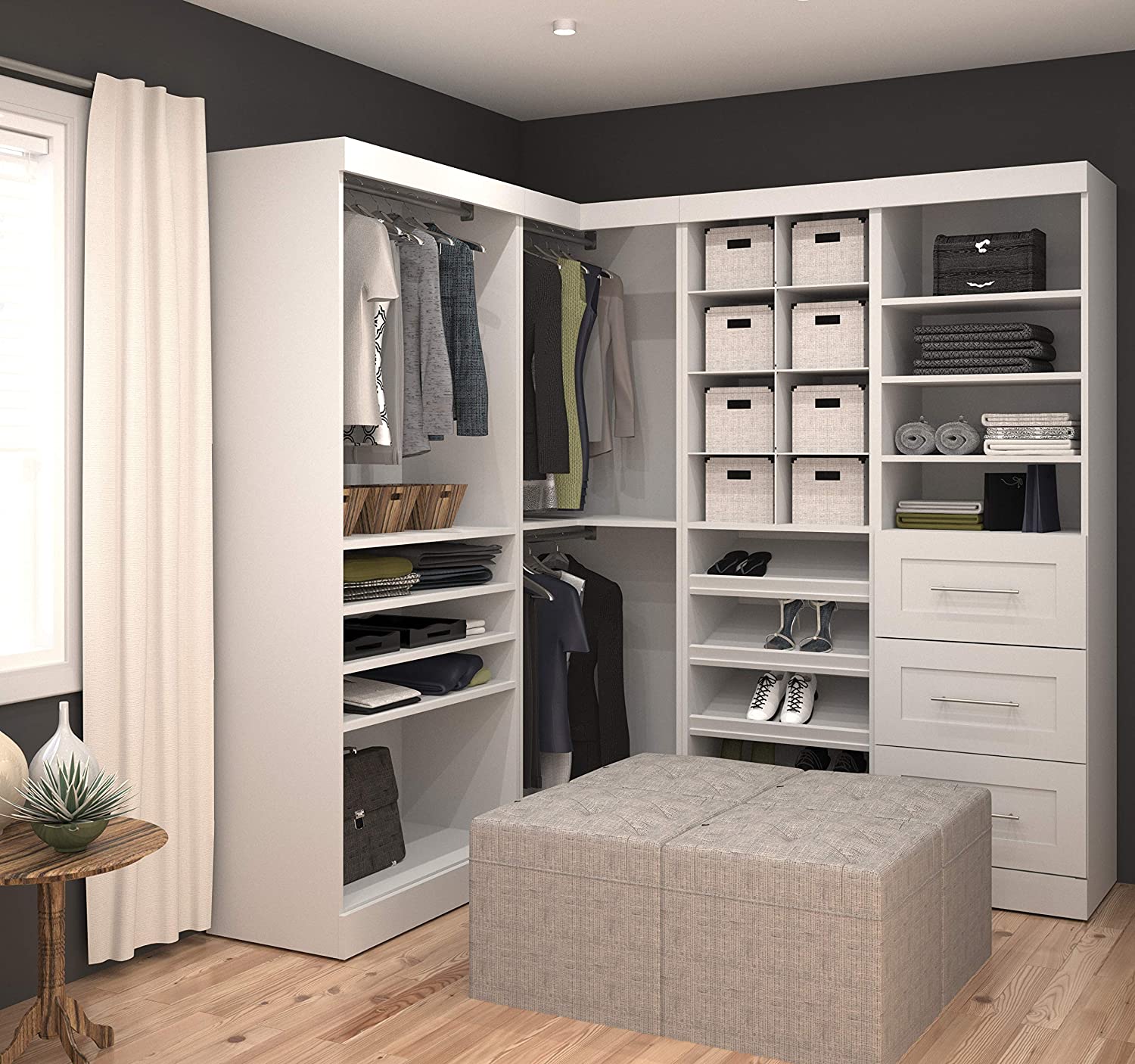
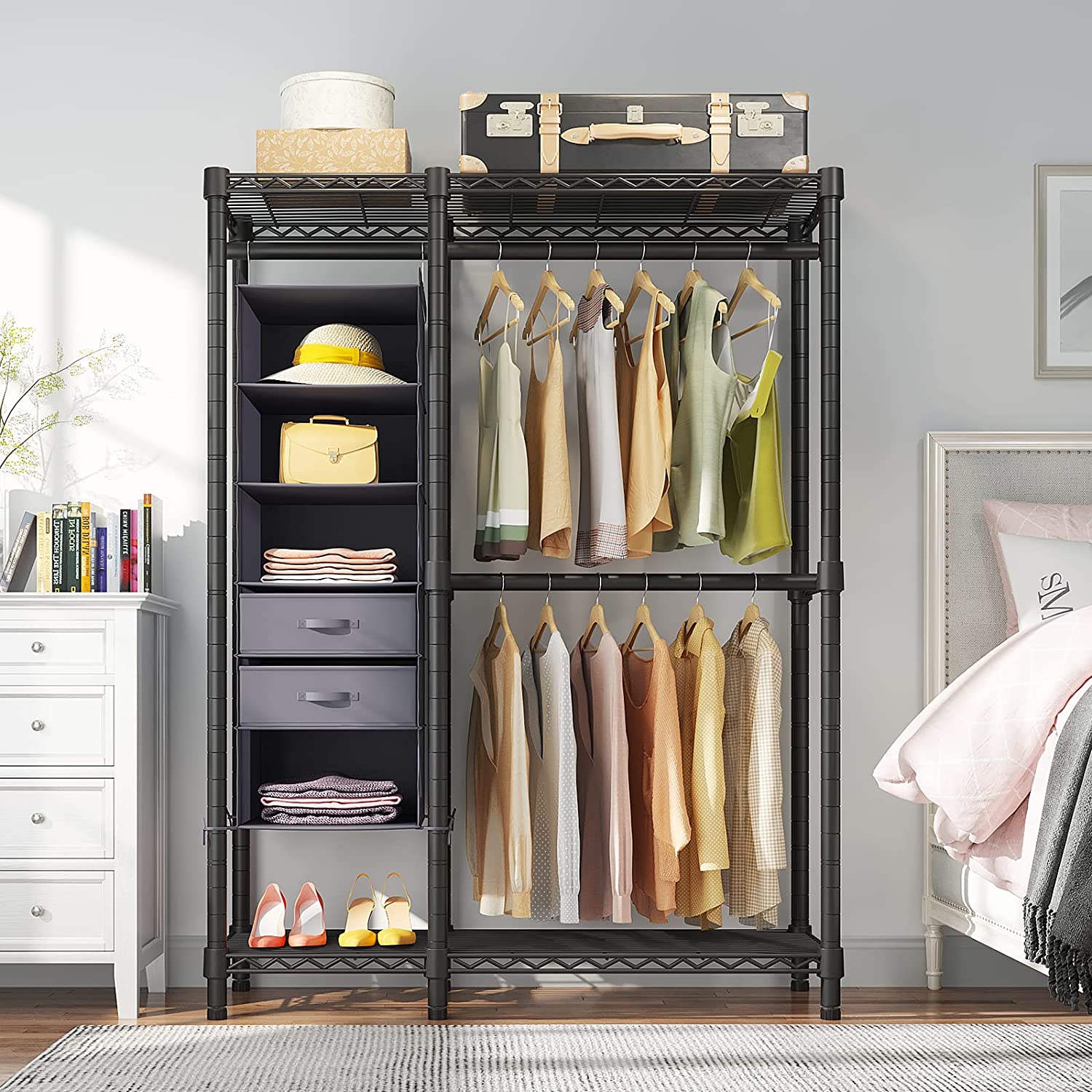
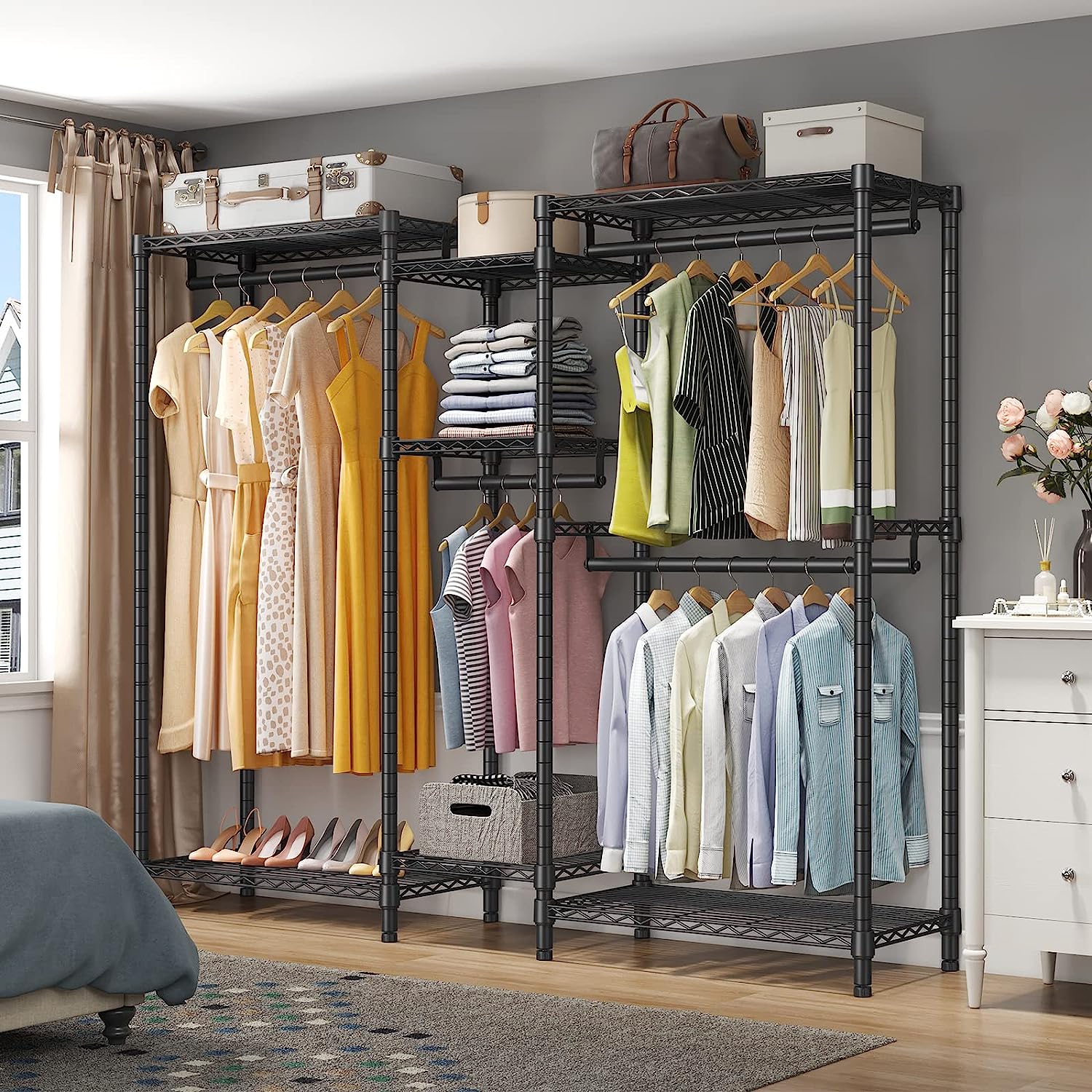
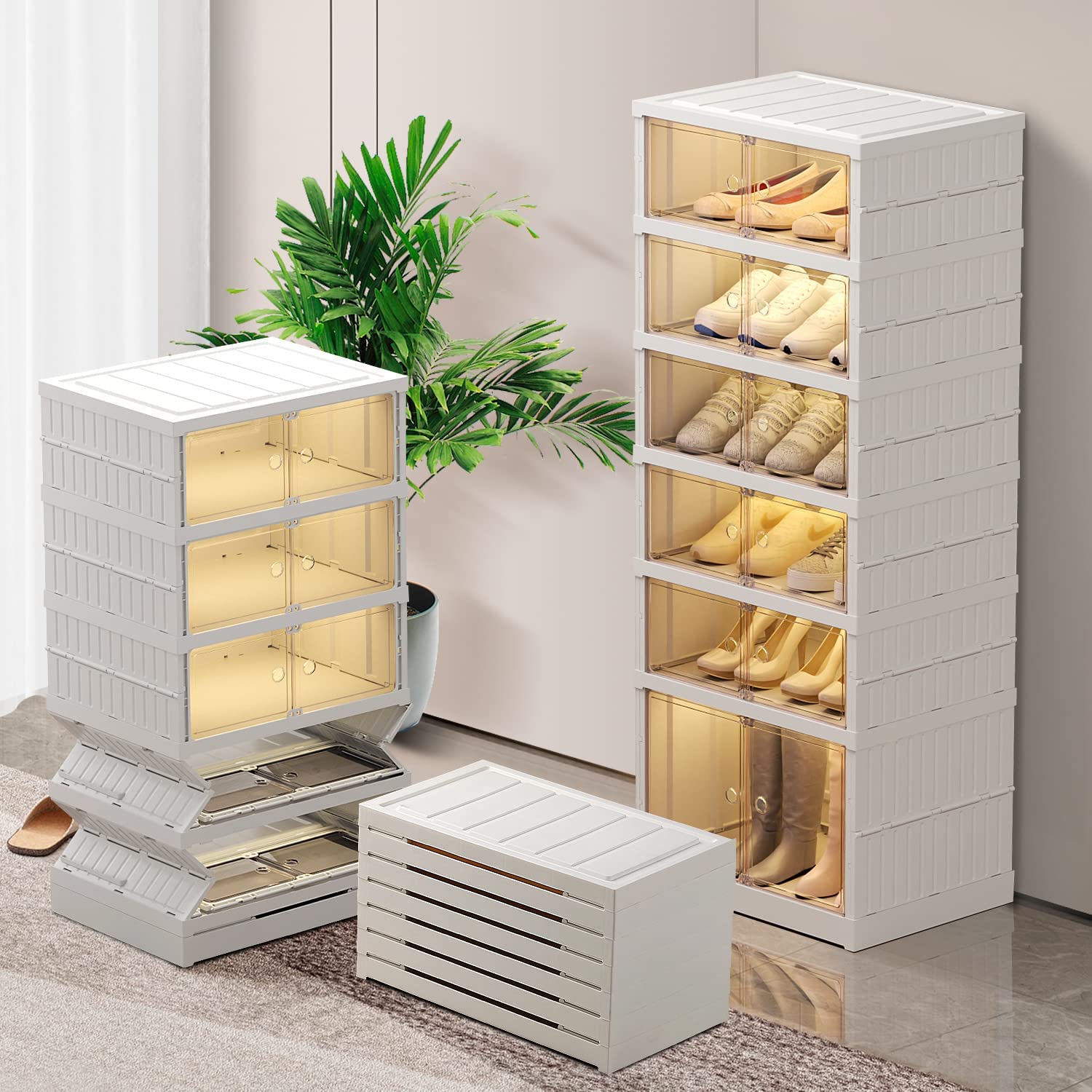
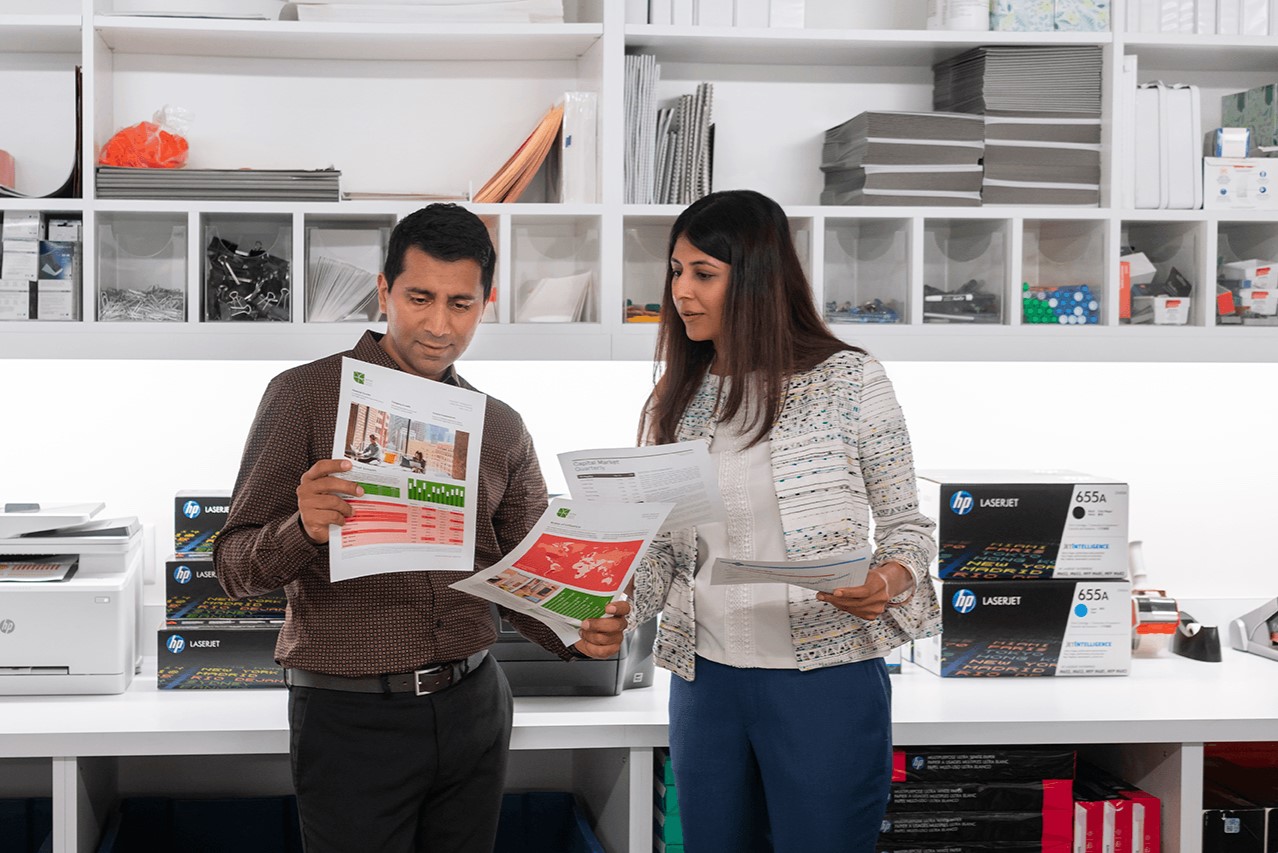
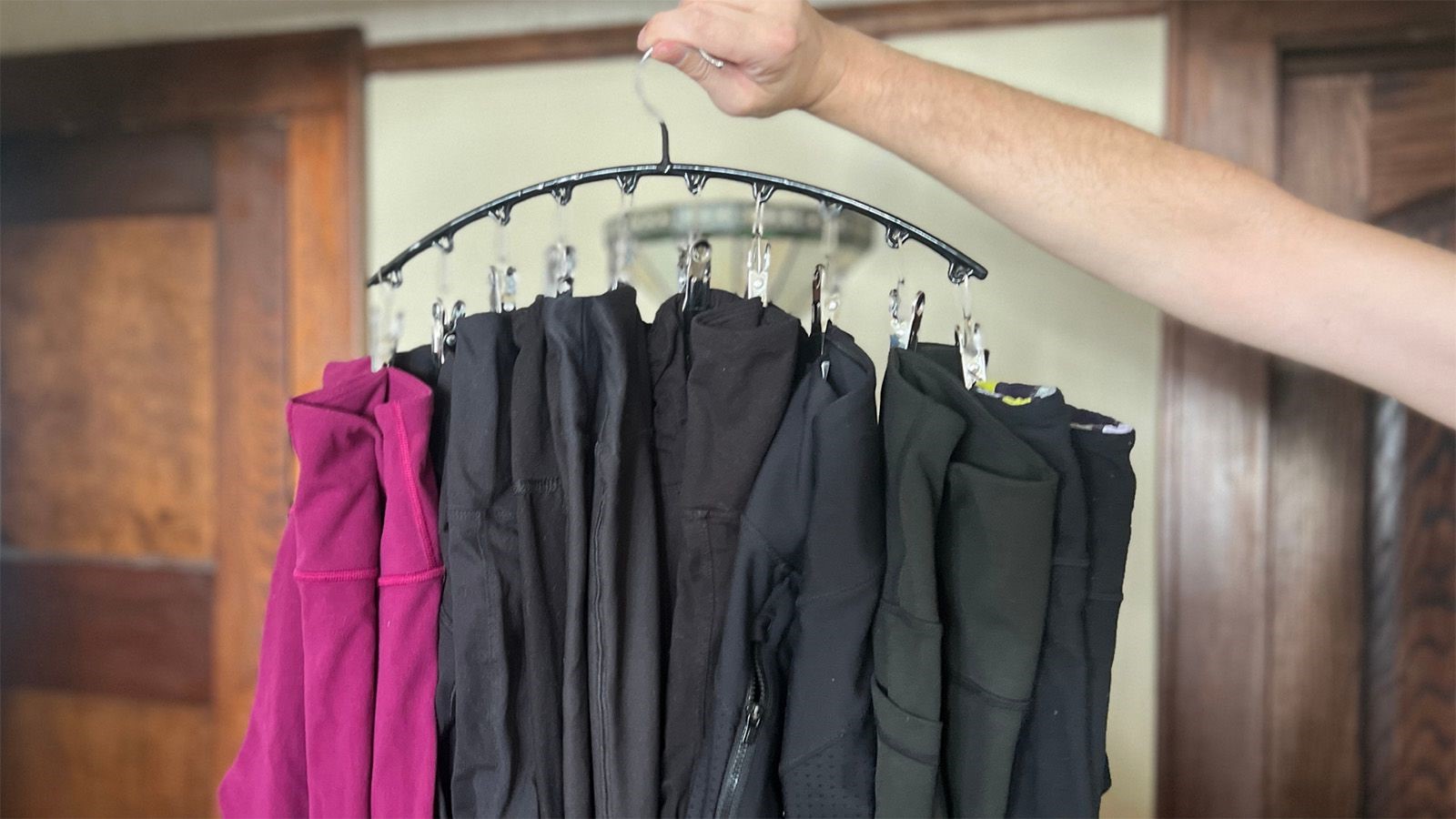
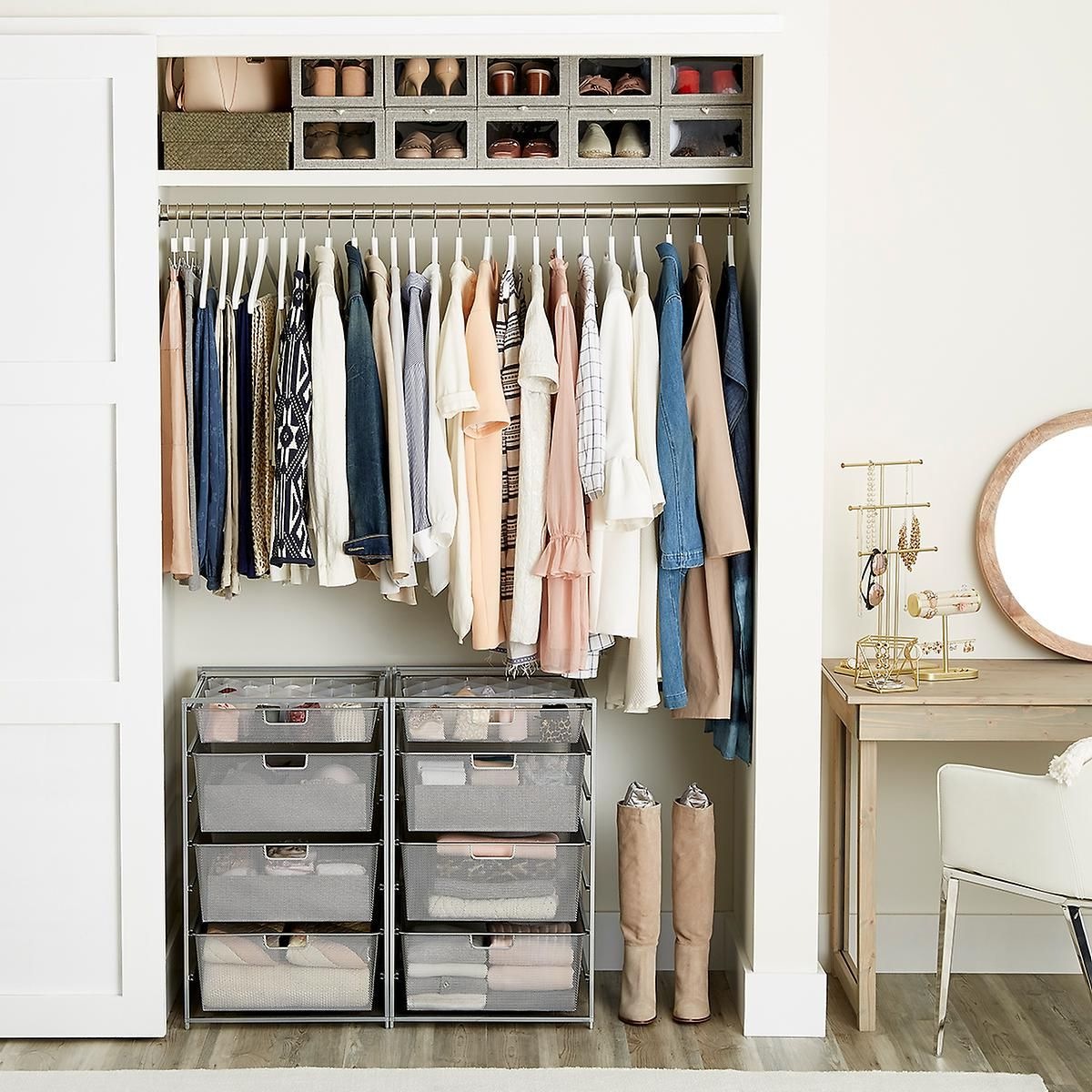
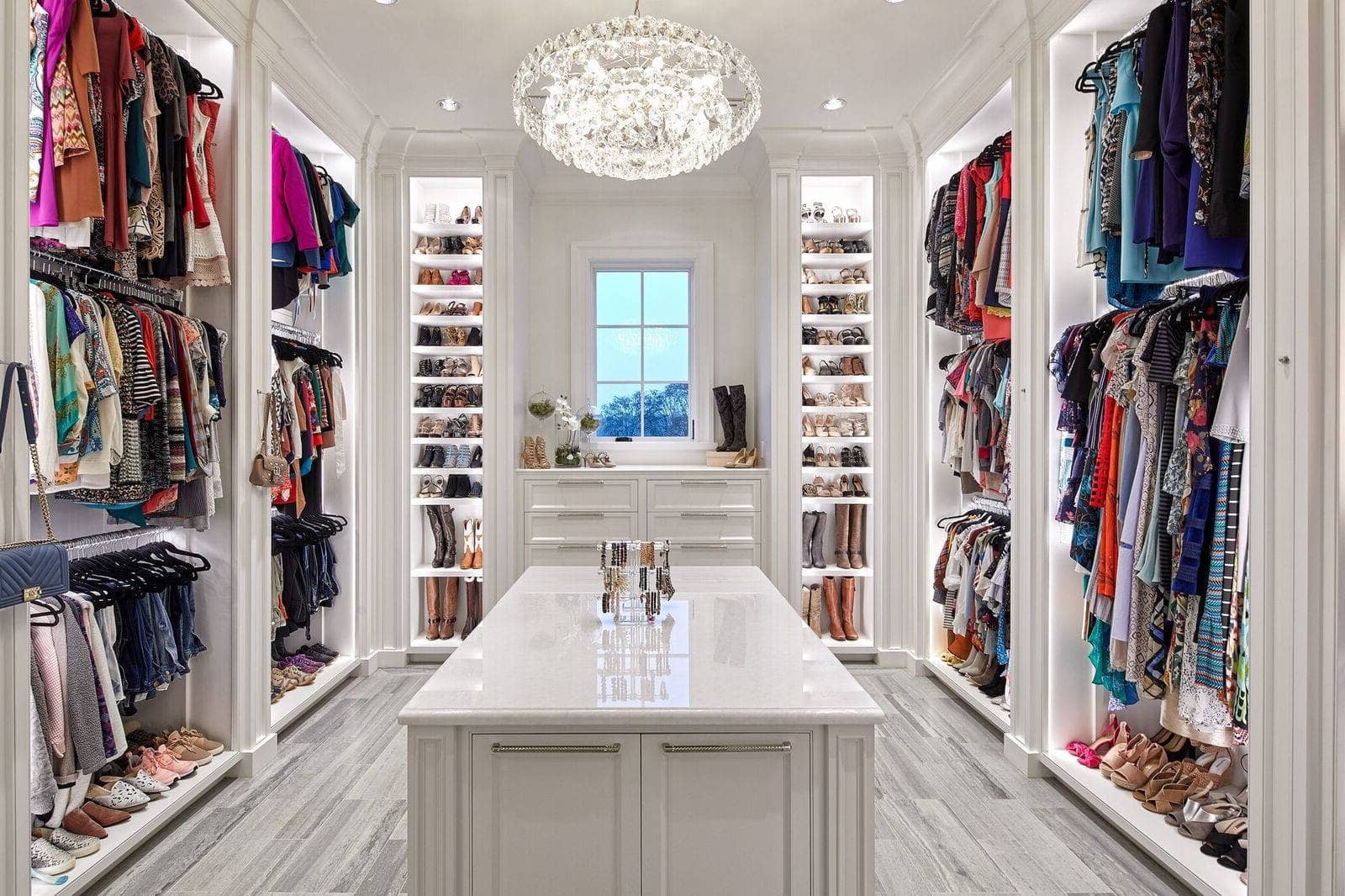
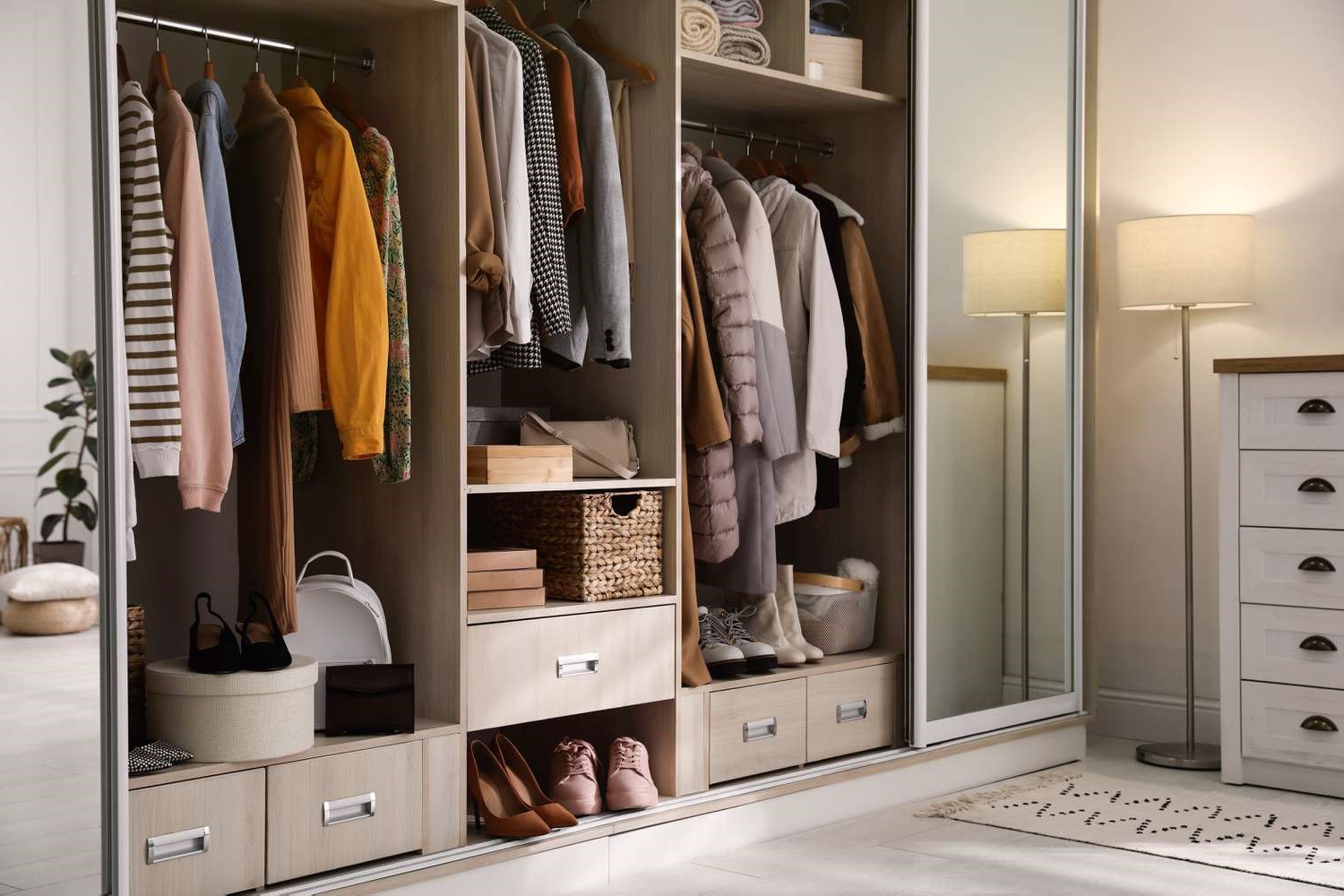
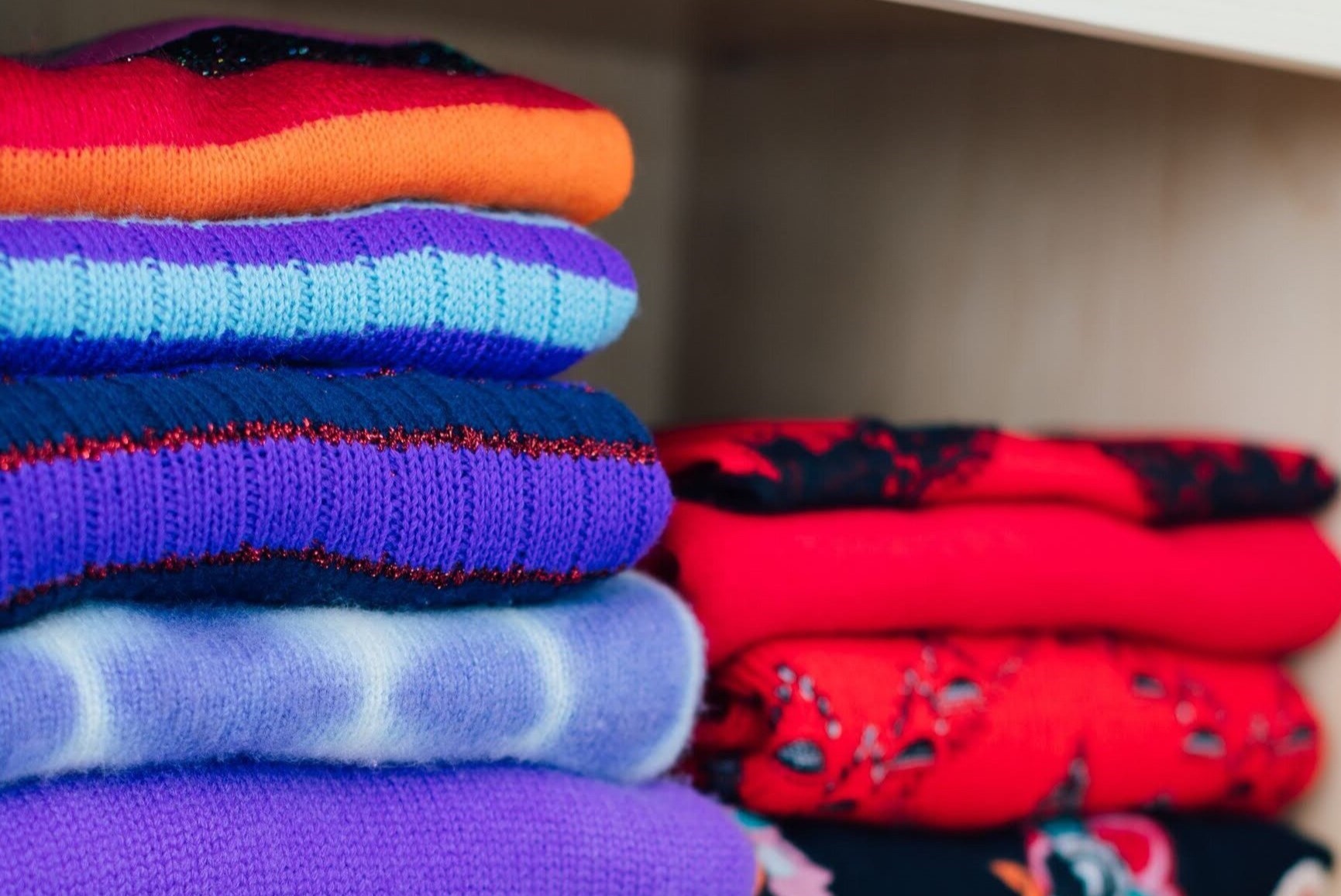
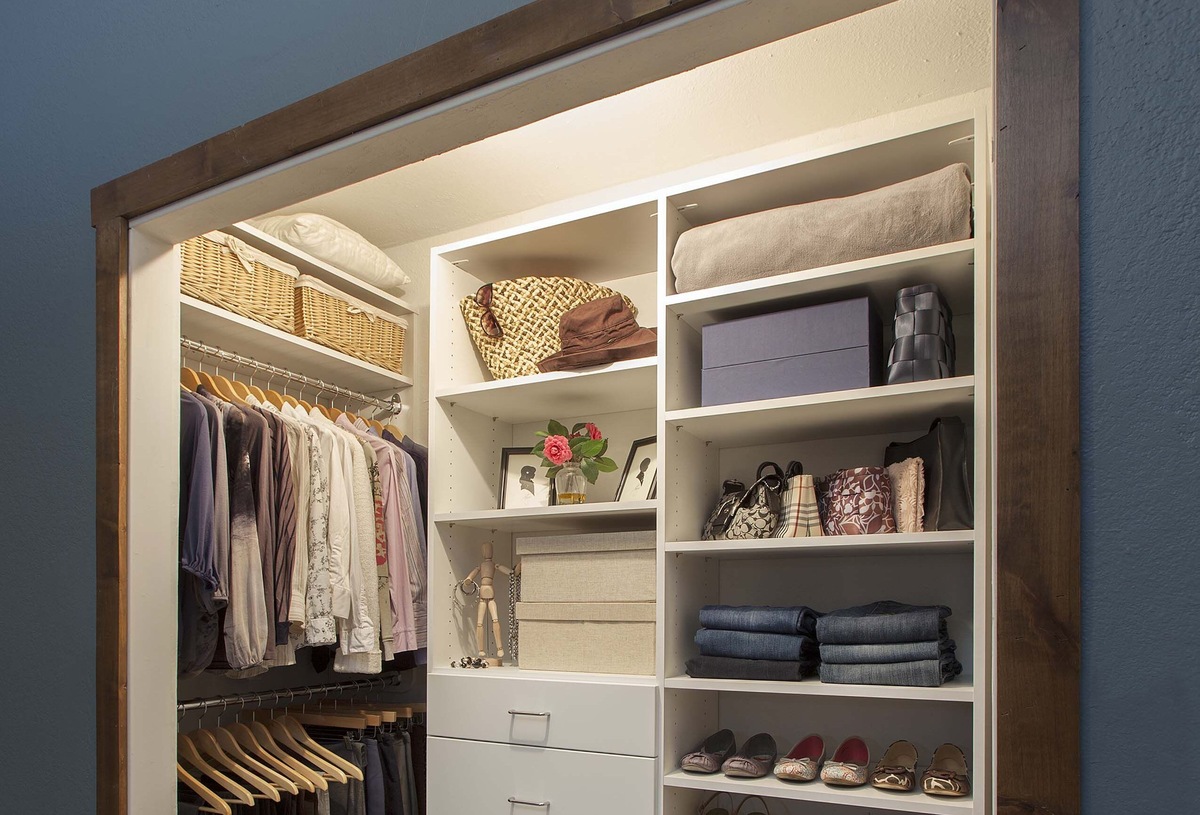
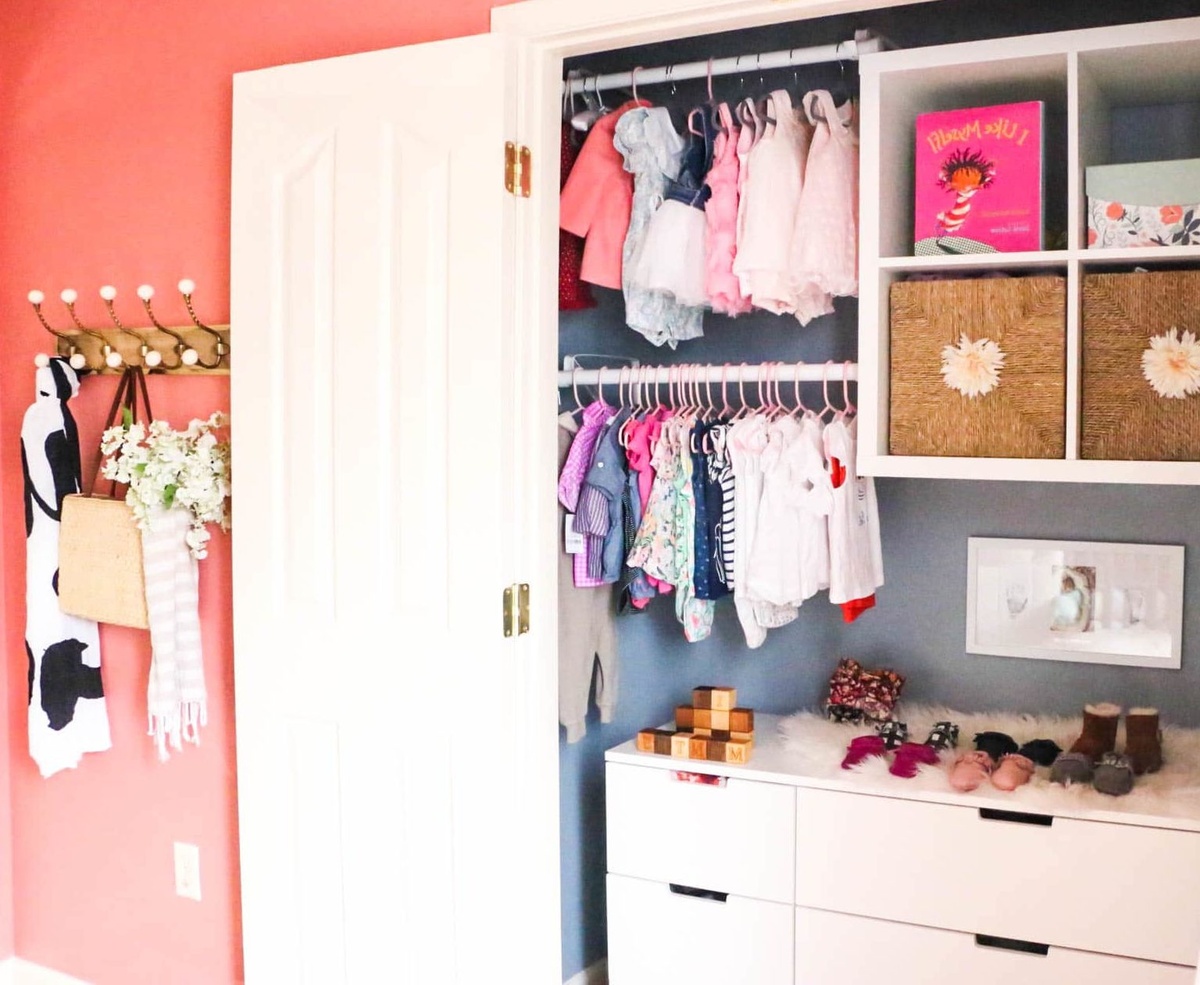
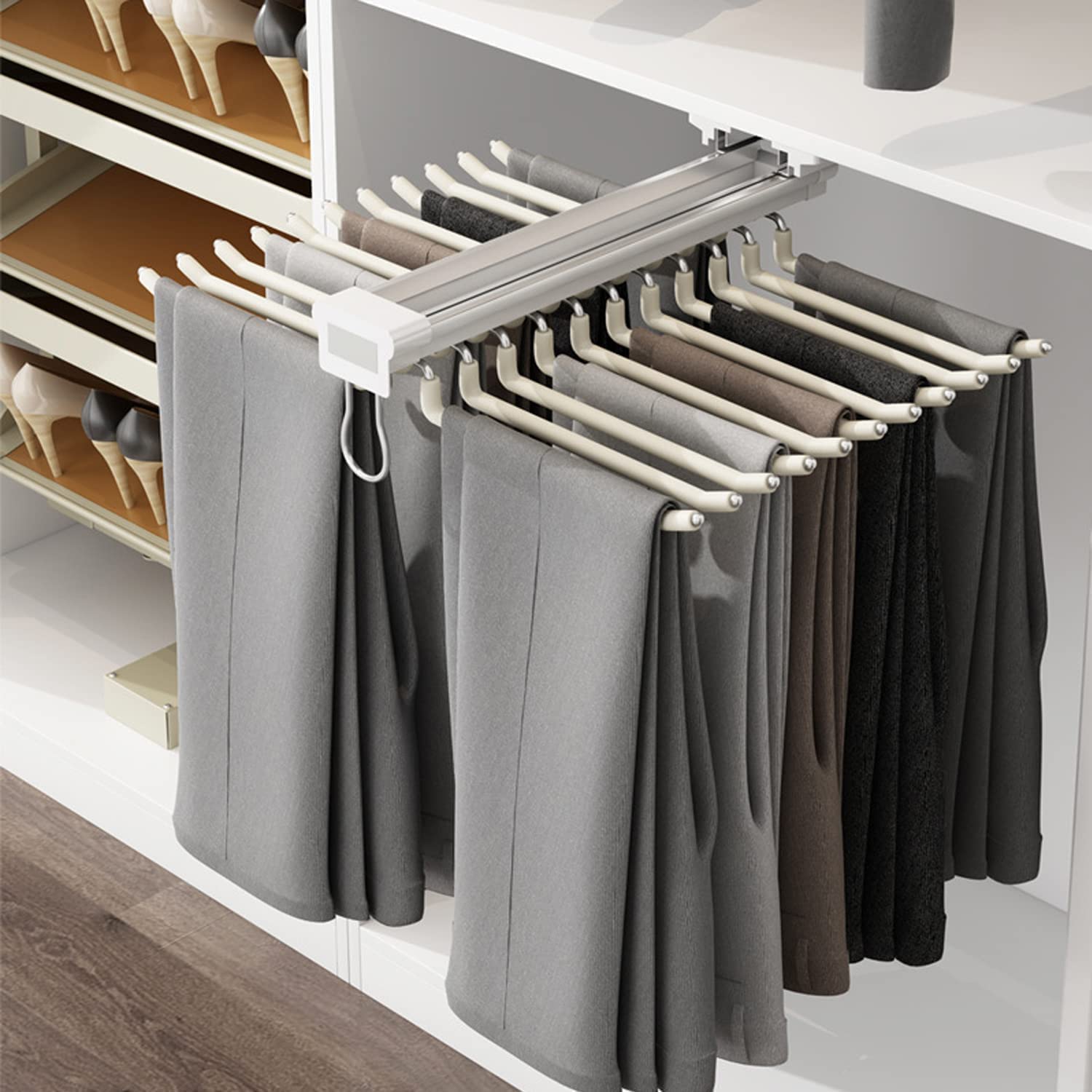
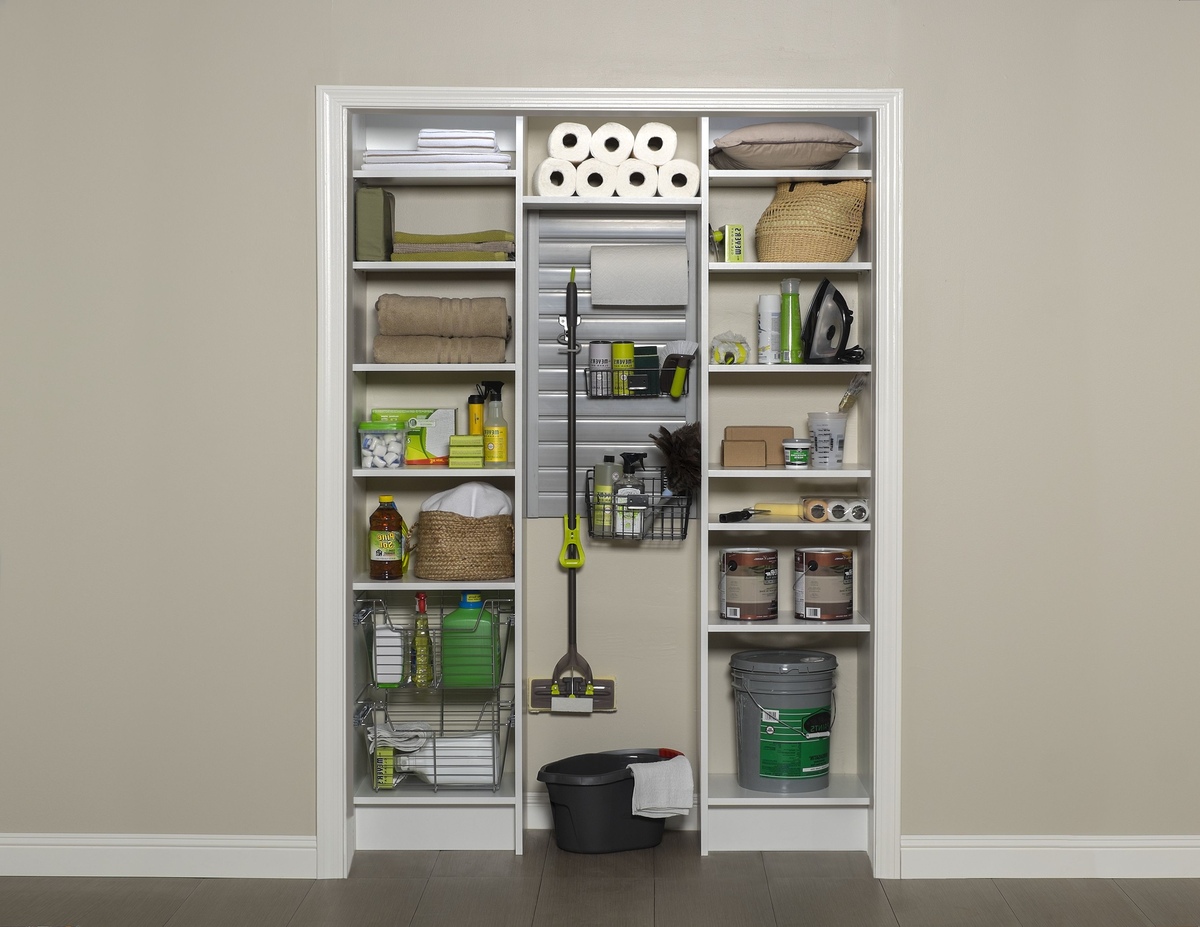

0 thoughts on “How To Organize A Small Closet”